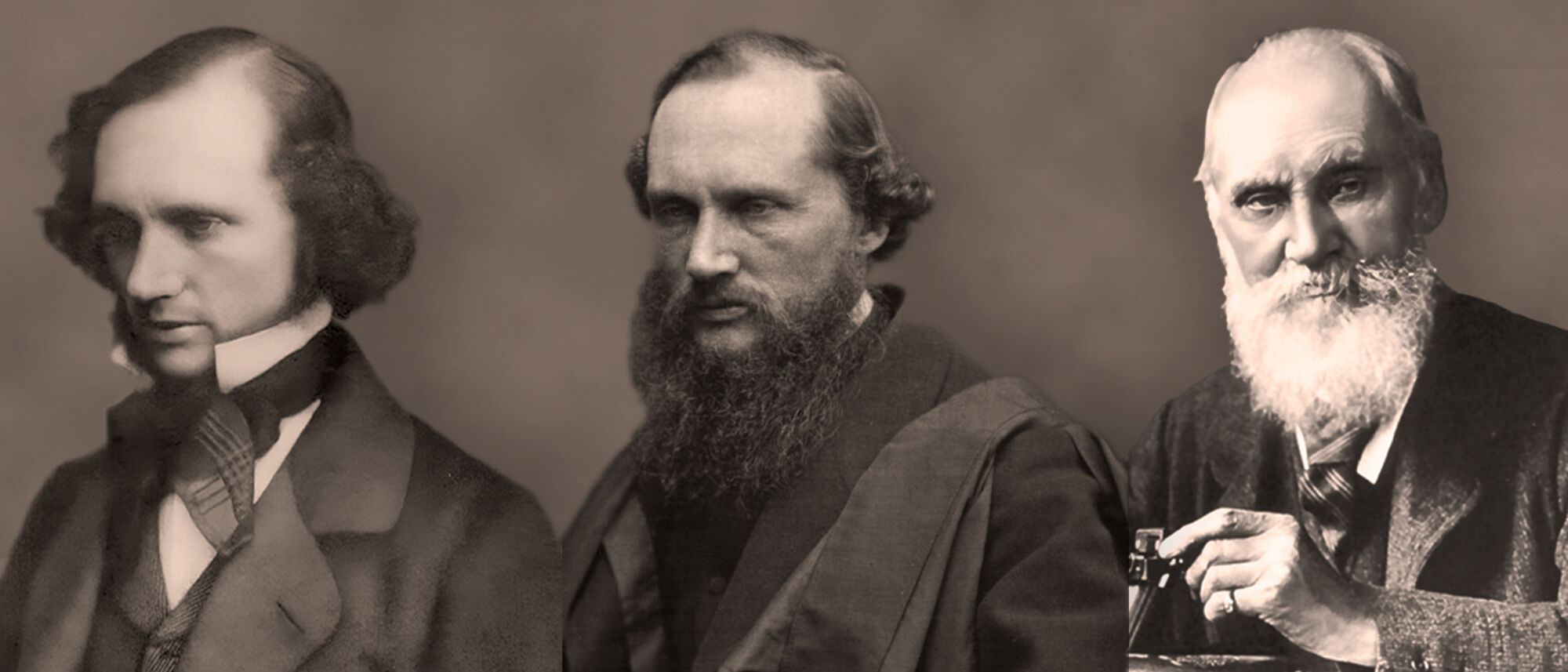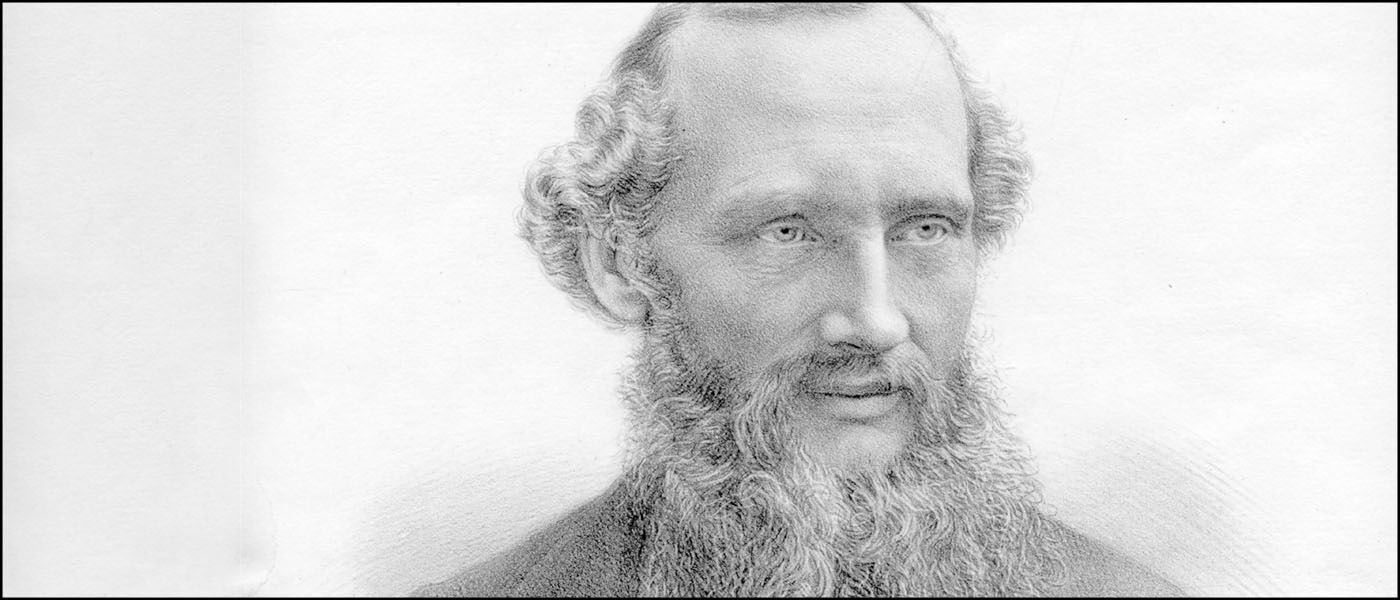
Lord Kelvin 200
This year, the University of Glasgow is celebrating the 200th anniversary of the birth of William Thomson, one of the 19th century's most accomplished scientists. In 1892, his achievements earned him a peerage, and he chose the title of Baron Kelvin of Largs, inspired by the river that flows through the city and the coastal town where he kept a home. Today, Thomson is known throughout the world as Lord Kelvin.
The path to innovation
The groundbreaking work of Lord Kelvin has inspired UofG researchers for over a century.

A legacy that lives on
The impact of Lord Kelvin's discoveries endure in high-tech modern communications.



